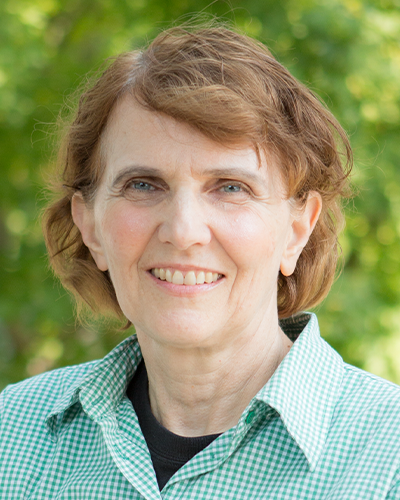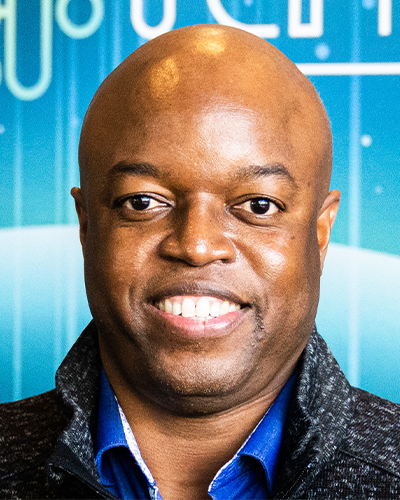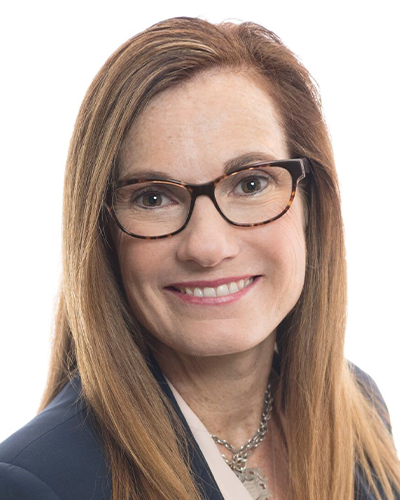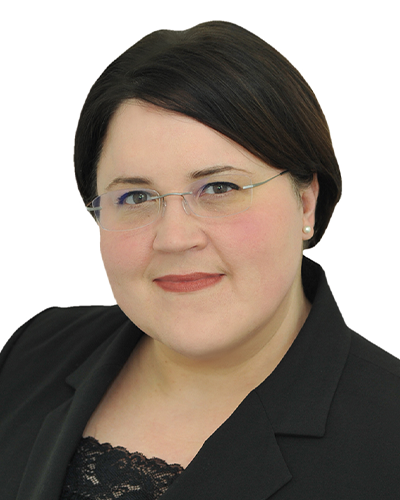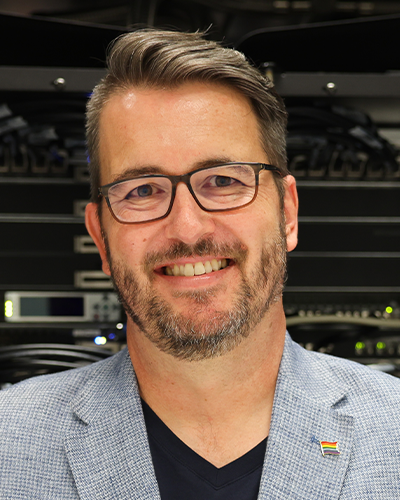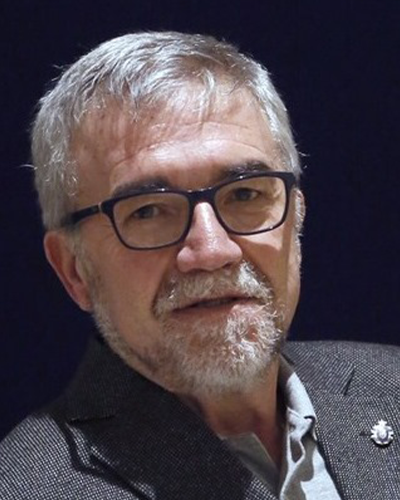Congratulations on your selection as a 2023 HPCwire Person to Watch. El Capitan is the capstone of the first wave of U.S. exascale machines. How is the project progressing, and how does it feel to be so close to a major finish line for not just an individual system, but a major undertaking of DOE supercomputing?
I have mixed feelings. We have come so far and there have been fun times – along with tough times – but it doesn’t feel that we are close to the finish line. We are busy. We are in the middle of preparing the computer center floor, helping application teams, developing new system software, settling on the final details and more. There are so many top-notch people working on El Capitan. My role is to keep things moving as best as I can and to buffer the people in Livermore Computing from problems they shouldn’t have to worry about. It’s an honor to work with all the people from LLNL, HPE, and AMD who are partnering on this important project. El Capitan will serve national security interests – a noble cause – and this makes me proud to have contributed.
Have there been lessons learned from the other exascale installations (Frontier, Aurora) that have proved useful in planning the installation of El Capitan? How is the DOE’s knowledge base for exascale maturing?
Absolutely! LLNL has been closely following the other DOE efforts—not just Frontier at Oak Ridge National Laboratory and Aurora at Argonne, but also Crossroads at Los Alamos. We’ve also benefited from the Lawrence Berkeley/National Energy Research Scientific Computing Center (NERSC) experience with Perlmutter. Despite all this, there are differences that we must deal with without the benefit of our sister labs’ experiences. El Capitan has unique features—not only is it using AMD’s new integrated CPU/GPU chip, but we are the first to use HPE’s integrated storage solution, codenamed Rabbit, and we are assuming responsibility for the cluster management and scheduling software and new I/O software for the Rabbit technology. That’s a lot to take on.
LLNL had an astonishing win last year with the fusion energy breakthrough. Is fusion increasing as an emphasis for LLNL in the wake of that win, and how will the exascale era interact with that critical research?
There is no question that fusion energy is and has been a goal at LLNL. It’s one of the most significant scientific challenges LLNL has undertaken. I’m not directly involved in the fusion program, but I have no doubt that great minds are at work designing computational experiments and studies to further our understanding of the challenges leading to commercial fusion energy. As this breakthrough was achieved in part due to high-resolution 3D modeling and simulations and powerful deep learning techniques, be assured that more complex experiments and studies will be run on El Capitan related to fusion energy.
The traditional HPC market is undergoing substantial change, most notably blending in AI technologies – with quantum possibly on the horizon. Where do you see HPC headed? What trends – and in particular emerging trends – do you find most notable? Any areas you are concerned about, or identify as in need of more attention/investment?
I see a wealth of ideas being explored within the computing ecosystem. As we have limited resources to evaluate the worthiness of each idea, we are forced to make calculated bets. The coupling of AI techniques with simulation is showing great promise. General purpose GPUs (GPGPUs) will have some place in our center for at least the next 7-8 years, but not only because of El Capitan. New data management and movement systems need to be explored and deployed. Ways to improve user productivity are needed for building, developing, and testing applications and system software. And we need proxies that better emulate our workloads to improve our ability to assess new architectures. Our program at DOE is investing in R&D for memory architectures, networking, and various accelerators. At LLNL, we are rethinking what it means to be an HPC computer center by seeking ways to make our computer center more efficient, flexible and capable of running future workloads. This may require fundamental changes in how we serve our customers.
What inspired you to pursue a career in STEM and what advice would you give to young people wishing to follow in your footsteps?
I didn’t have anything specific that inspired me; I was good at math and enjoyed math. It was almost that simple. I began my college career planning on going to medical school. My first pre-med biology professor began his first lecture informing the class that 99 percent of us would become shoe salesmen—his disdain for us was obvious. In contrast, my math professors were encouraging, helpful and nice. I switched my major to math, not knowing what career that might lead to, and then continued my studies with applied physics. My advice to young people is to not set your sights early on a specific career, take classes in subjects that are new to you and seek out opportunities that you are unfamiliar with. In doing so, you will learn much about yourself and what you enjoy.
Outside of the professional sphere, what can you tell us about yourself – unique hobbies, favorite places, etc.? What might your colleagues be surprised to learn about you?
What I like most is spending time with my husband John and our two daughters, Jill and Kelly. They are great fun to be with. Over the last few years I’ve become addicted to following the global news. Every day, I read The Economist and four digital newspapers, and more recently I’ve started reading Foreign Affairs. I regularly attend seminars hosted by LLNL’s Center for Global Security Research, many of which are recorded and publicly available (see https://cgsr.llnl.gov/about). I find topics like national policy priorities and national and international developments a worthy investment of time to become an educated citizen. I’m not a lover of vegetables but knowing I should eat more I’ve been discovering new ways to prepare them to make them tolerable, even tasty. My inspiration comes from Eastern cultures, and along the way, I am discovering what all those spices are that have been in my pantry for years and making use of cooking techniques I learned years ago but rarely used. To supplement my healthy habit of eating more vegetables and fruits, I’ve been growing more at home, thanks to my husband, who built a yard full of raised planting beds. Not intending to, I’ve unearthed a talent in growing miniature vegetables. I’ve grown miniature bell peppers, melons and even tiny butternut squash. They are perfect replicas in look and taste but can be eaten in one bite. If there was a market for them, I’d have a business opportunity.

